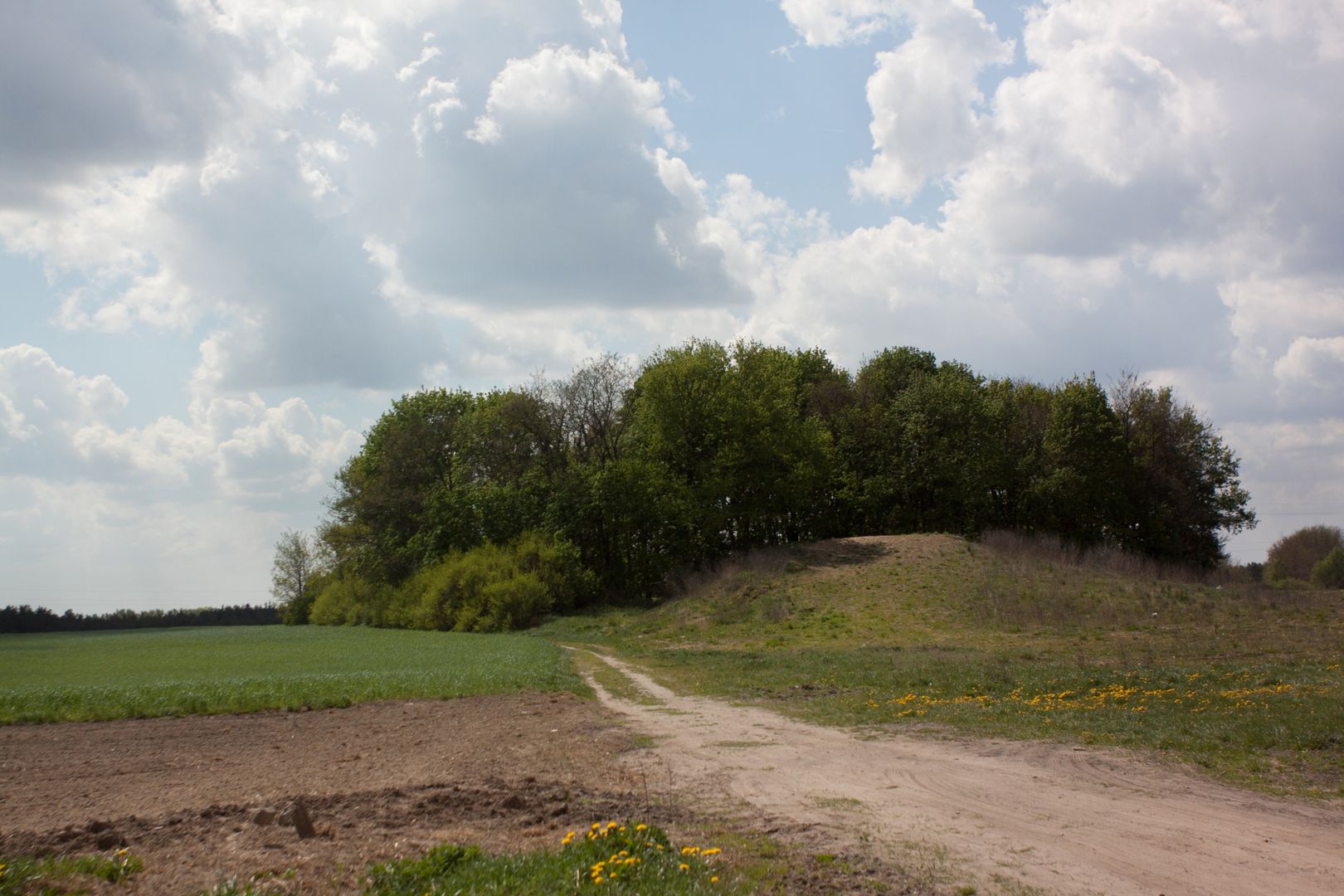Biskupice
6.74

Overview
Biskupice is a village in Poland located in the Greater Poland Voivodeship, within the Poznań County and the administrative district of Pobiedziska. Its name derives from the bishops of Poznań, who were the owners of this area since the 13th century. The village boasts a rich history dating back to prehistoric times, with traces of settlement found from the Stone Age, the Lusatian culture, and the Iron Age. As an ecclesiastical village, Biskupice was part of the Poznań bishopric until the 17th century. The first mention of Biskupice dates back to 1256, when Bishop Boguchwał allocated tithes for the maintenance of the church in Wronczyn. In the 14th century, the community of Biskupice developed, and the village had fertile lands, which favored grain cultivation. In 1365, on the initiative of Bishop Jan Doliwa, a water mill was built on the Cybina River. The situation in Biskupice changed during the partitions; after 1793, Prussian authorities took control of the episcopal estate, settling Germans in the area. In the 19th century, the village developed thanks to the construction of a railway line connecting Poznań with Gniezno, and in 1885, a post office and local institutions were established. The school in Biskupice was already operating in 1819, but it was under German influence. During World War I and the Greater Poland Uprising, residents were involved in the fight for Poland's independence, and after World War II, the village underwent demographic and economic changes. Today, Biskupice has 2,518 inhabitants, and its infrastructure includes shops, industry, schools, kindergartens, a library, and a church. Interestingly, the village continues to develop, attracting new residents from Poznań, which testifies to its attractiveness as a place to live. Biskupice can also boast the Biskupice Wielkopolskie railway stop, which facilitates communication with larger cities.
Location
2025 Wizytor | All Rights Reserved